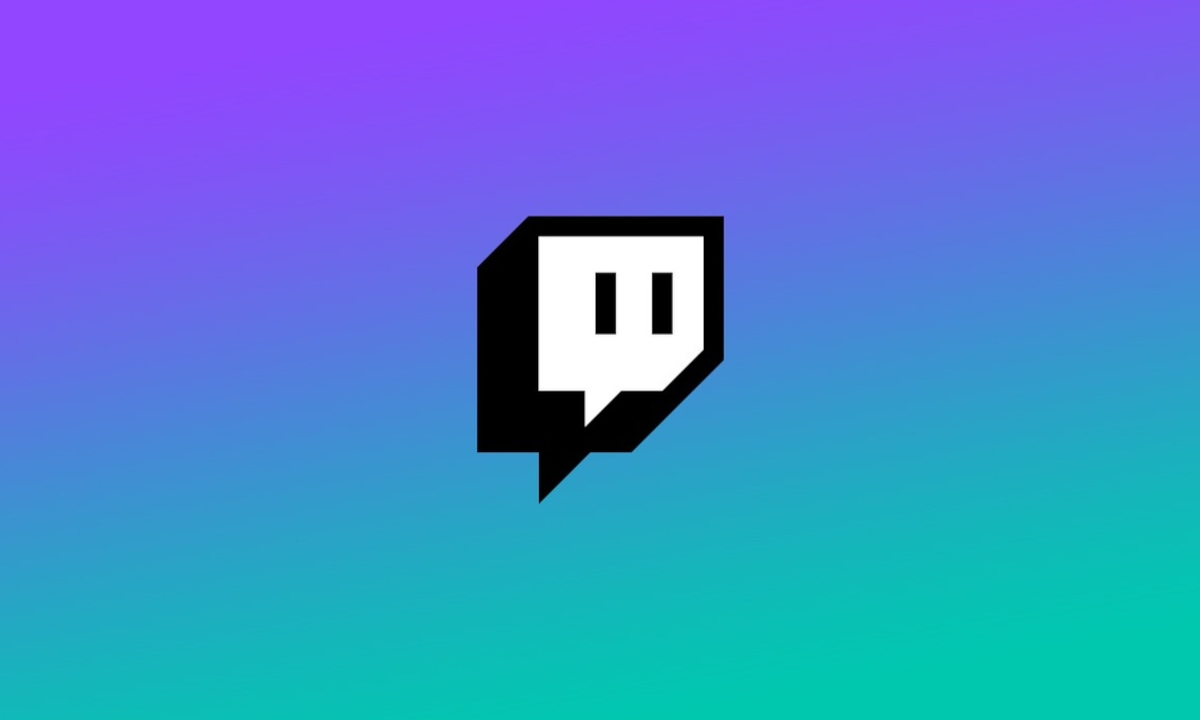Good and unexpected news for streamers who choose Twitch as an issuing platform and who at some point acquired the status of a partner, commonly known as partner, platforms. If you don’t know exactly what it is partnerlet’s start by clarifying the three levels, within the platform they are as follows:
- User: You may not know this, but by the simple fact that you have a user account on Twitch, you already have your own channel (although of course you are not obliged to use it). At this first level, it is not possible to monetize those direct systems that the platform offers for this purpose, i.e. subscriptions or bits. However, income can also be obtained through other services. It is the level of those accounts that broadcast directly very sporadically, but also the entry level to get to the following ones later.
- affiliate: In general, although there are specific exceptions, users must meet certain goals set by Twitch to earn affiliate status. At this point they will be able to use monetization systems and will be able to keep previous live shows. Going from user to affiliate is quite simple, it just takes a little persistence.
- partner: This is the highest rank a streamer can reach on the platform, and the one that offers the best terms (except in the case of big stars, who usually have custom contracts). This jump is much more difficult, especially for those who have not previously brought in large audiences from other media, as is the case with many successful YouTubers. For example, in the case of my friend Anaïs, it took about two years, with almost daily streams, to get her.

Even before the pandemic, it was possible to observe the growing interest of users to stream with regard to the consumption of videos on platforms such as YouTube and incarceration prompted the adoption of direct, as well as the proliferation of platforms that tried to compete with Twitch. The problem for partners is that they could not try their luck in these new services. That said, yes, they could do it, but it meant losing partner status.
However, as we can read in The Verge, Twitch has decided to end the exclusivity, now allows its partners to broadcast on other services without losing a partner. That way, if they wish, they can explore the possibilities offered by other services, such as YouTube Gaming, without compromising what has been achieved on Twitch.
There are some limitations, yes. For example, Simultaneous broadcasting of a live signal by Twitch and another platform is not allowed during «long periods of time«. In other words, a streamer can stream live on Twitch and occasionally join a gaming YouTube channel, but not for long periods of time. On the other hand, what is allowed is simulcasting on Twitch and platforms belonging to the mobile ecosystem such as TikTok and Instagram.
With this move, Twitch claims that the time of exclusivity is over. However, we will have to wait for that reaction to this move by the rest of the platforms.
